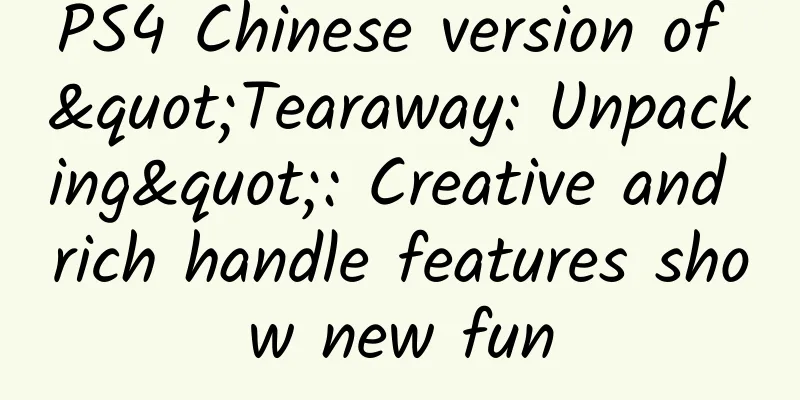Overview of Mobile Web Development Specifications

|
The following specifications and suggestions are all the experience summarized and refined by Alloyteam in the daily development process. The specifications have good project practices and are strongly recommended for use. Font Settings Use sans serif fonts iOS 4.0+ uses the English font Helvetica Neue, and previous iOS versions are downgraded to Helvetica. The Chinese font is set to Huawen Bold STHeiTi. It should be noted that Huawen Bold does not exist in the iOS font library (http://support.apple.com/kb/HT5878), but the system will automatically make Huawen Bold STHeiTi compatible*** The system default Chinese font is Bold-Simplified or Bold-Traditional In native Android, both Chinese and English fonts are set to the default sans serif font. Set the global CSS style to avoid the behavior of long-pressing the pop-up menu and selecting text in the figure Mobile performance Pay attention to the performance of low-end Android devices and 2G network scenarios ! Necessary checks before publishing Loading performance optimization to achieve fast opening Optimize operating performance to achieve smooth operation Online Performance Testing and Evaluation Tool User Guide |
>>: WeChat "death code" has now become a blackmail tool in their hands
Recommend
Beware of scammers! These 8 diseases cannot be cured once contracted, and trusting folk remedies can be fatal
Once they are diagnosed with a disease, many pati...
Electric Technology Car News: WEY VV7c is known as China's Porsche moving towards high-end. Has Great Wall thought about Zotye's feelings?
Since Great Wall Motors announced the launch of i...
Thoughts on creating popular e-commerce products
In June 2020, I came to Shenzhen and started to b...
A 90% drop in 5 years! Why has Samsung become a pariah in China?
If three months ago, the domestic media were stil...
Why do earthquakes occur frequently in Sichuan?
Yesterday, a magnitude 6.8 earthquake occurred in...
How to design a user activation growth strategy from 0 to 1
User activation is the first step after completin...
The dishwashing tool we used as children can also power LEDs? | Expo Daily
The dishwashing tool I used when I was a kid. Can...
As Siberia continues to warm, is the disappearance of the tundra inevitable?
Siberian tundra could disappear within 500 years?...
Broken shared home appliances put the cart before the horse and fail to win the hearts of consumers
2017 is known as the first year of the sharing ec...
How to double your weight loss effect in winter? These three methods are not advisable!
Winter is cold, and people especially want to eat...
How much does it cost to develop a Lhasa underwear mini program? Lhasa underwear applet development price inquiry
The launch of mini programs has brought convenien...
Is there any scientific basis for strictly controlling electronic products to protect eyesight?
In order to protect their children's eyesight...
A comprehensive review of the development of China's large aircraft
May 5, 2017, Shanghai Pudong Airport. This is one...
Are you in the right shape for hula hooping? Mathematicians prove it →
Compiled by: Gong Zixin Mechanical systems with m...









